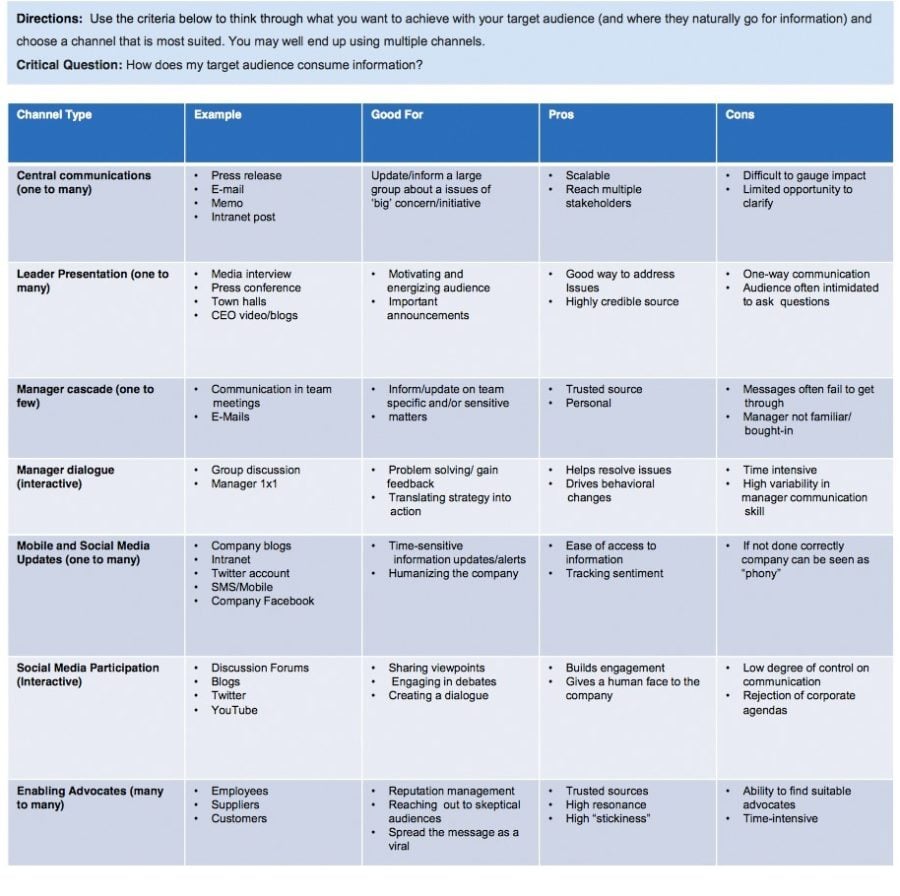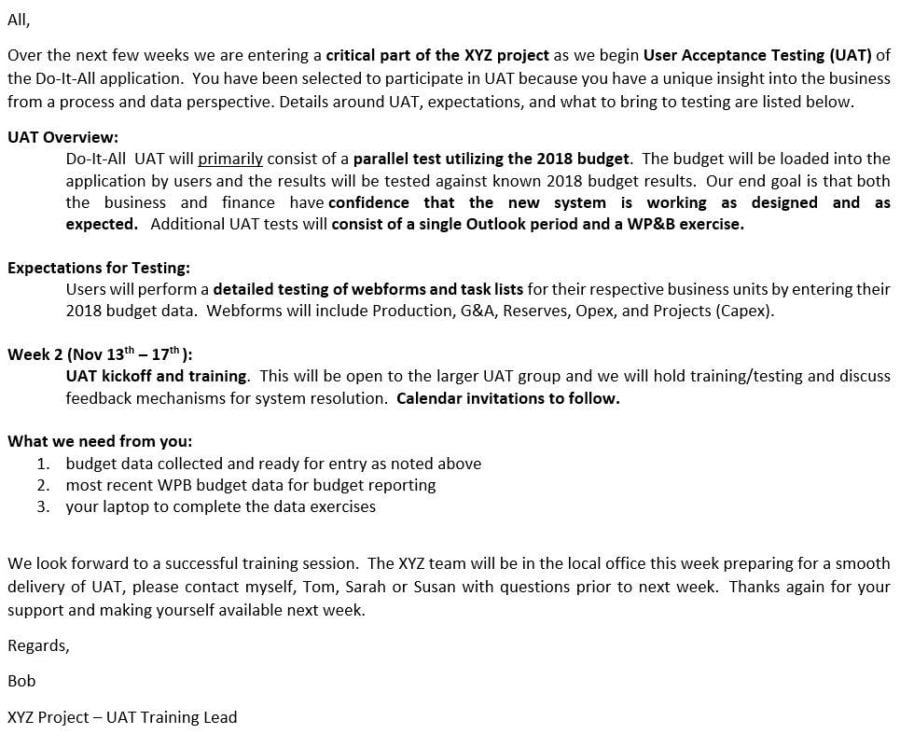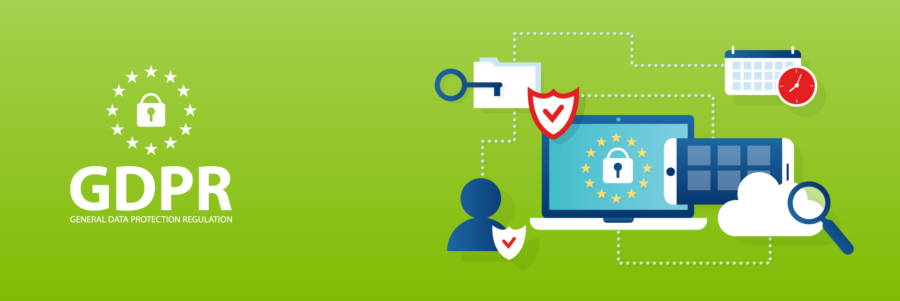Poor corporate communication can lead to misunderstanding, misalignment, or mistakes that waste time and effort.
How can you improve communication in the workplace?
Who is Your Audience
When planning your communication efforts, ALWAYS think about the audience – the receiver of your communication – and what they need or want to know.
To communicate successfully, it is imperative that you communicate strategically. This does not mean that you embroil yourself in political gaming – exactly the opposite is true. Communicating strategically means that you have a purpose and well thought out plan for communicating with your audience.
Before you communicate, identify the messaging content, timing, channel, and feedback mechanism that:
-
will reach your audience
-
is genuine, accurate, and beneficial
-
is clear, concise, and consistent with previous messages
-
fits with the scope and timing of your initiative, project, goals, etc.
Meet the Audience Where They Are
Give the audience relevant, timely, and clear messages that provide information or insights that are necessary for their success, explains something they need to know, and is consistent with previous messages they have received from you and others.
Your communication efforts will be exponentially more successful if you keep your audience in mind.
-
Think about your audience’s biases
-
Think about your audience’s preferences
-
Think about your audience’s previous knowledge on a subject
-
Think about your audience’s needs and desires for information or inclusion
Select the Best Communication Channels
It is imperative that you select the communication channel – the vehicle for your message – that is most appropriate for the information you are providing, conveys the appropriate tone, and will reach your desired audience.

CEB: https://www.cebglobal.com/blogs/corporate-communications-four-steps-to-choosing-the-right-communication-channel/
Making it Real
Email messages are probably the most often used – some would say over used – form of communication in the workplace today.
The following email is a real-life example of a message that was sent to training participants the week before their training. Mind you this went to a diverse, global group who had no previous information about the training, its content, the logistics, etc. and this was their ONLY contact from the project team regarding training. (Names and details have been changed to protect the innocent)

This stuff really does happen! Obviously, the above message is an example of ineffective communication.
A more mindful communication written with the audience in mind might be something more like the following.

The first message was met with SO MUCH confusion and frustration that the project owner strongly encouraged “Bob” to enlist the assistance of our Change & Adoption Lead in preparing future emails. The second email was sent for subsequent training sessions and resulted in well-informed training participants who:
-
realized the importance of the sessions
-
knew why they were selected to participate
-
knew the goals for the sessions
-
understood what was expected of them
-
knew who to contact with any questions
Clear, Concise, and Consistent
My mantra to describe good communications of any kind is that messages should be “Clear, Concise, and Consistent.”
Let’s see what Merriam-Webster has to say about these words.
Clear: free from obscurity or ambiguity; easily understood; unmistakable
Concise: marked by brevity of expression or statement; free from all elaboration and superfluous detail
Consistent: marked by harmony, regularity, or steady continuity; free from variation or contradiction
Whether you're using Teams, Slack, or something else - communication is too important to go unexamined. Here are some guiding principles to insure you are communicating clearly, concisely, and consistently:
-
Make sure your messages are well thought out and express exactly what you are trying to say – regardless of the biases of your audience.
-
Make sure that your messages cannot be misconstrued or misinterpreted by someone who is less involved in your project or process.
-
Make sure that your messages are free of “tech talk,” jargons, acronyms, or references that may not be meaningful to your audience. Define anything that may cause confusion.
-
Organize your messages so that you highlight important concepts, requirements, timelines, etc.
-
Use bulleted or numbered lists, charts, graphs, and infographics to express your messages concisely and with clarity.
-
Remember that different people process information differently – some need to hear it, some need to see it, and some need to interact with it. If you are communicating an important message say it early and often, using multiple channels.
For more Information
If you are interested in learning more, watch for future blog posts for a deeper-dive into Organizational Change Management topics like improving organizational effectiveness, employee engagement for increased productivity, talent management and performance development, or coaching vs managing employees.
We also invite you to contact our office and speak with someone about our Organizational Change Management consulting services. Let’s talk about how you can embrace change and ensure successful implementation, adoption and sustainment of new strategies, technologies and processes.
Information and material in our blog posts are provided "as is" with no warranties either expressed or implied. Each post is an individual expression of our Sparkies. Should you identify any such content that is harmful, malicious, sensitive or unnecessary, please contact marketing@sparkhound.com
Share this
You May Also Like
These Related Stories

GDPR: Does your organization need to comply?
%EF%B9%96width=1920&height=1080&name=MicrosoftTeams-image%20(6).png)
Sparkhound Partners with Alabama State to Engage Foster Care Kids
